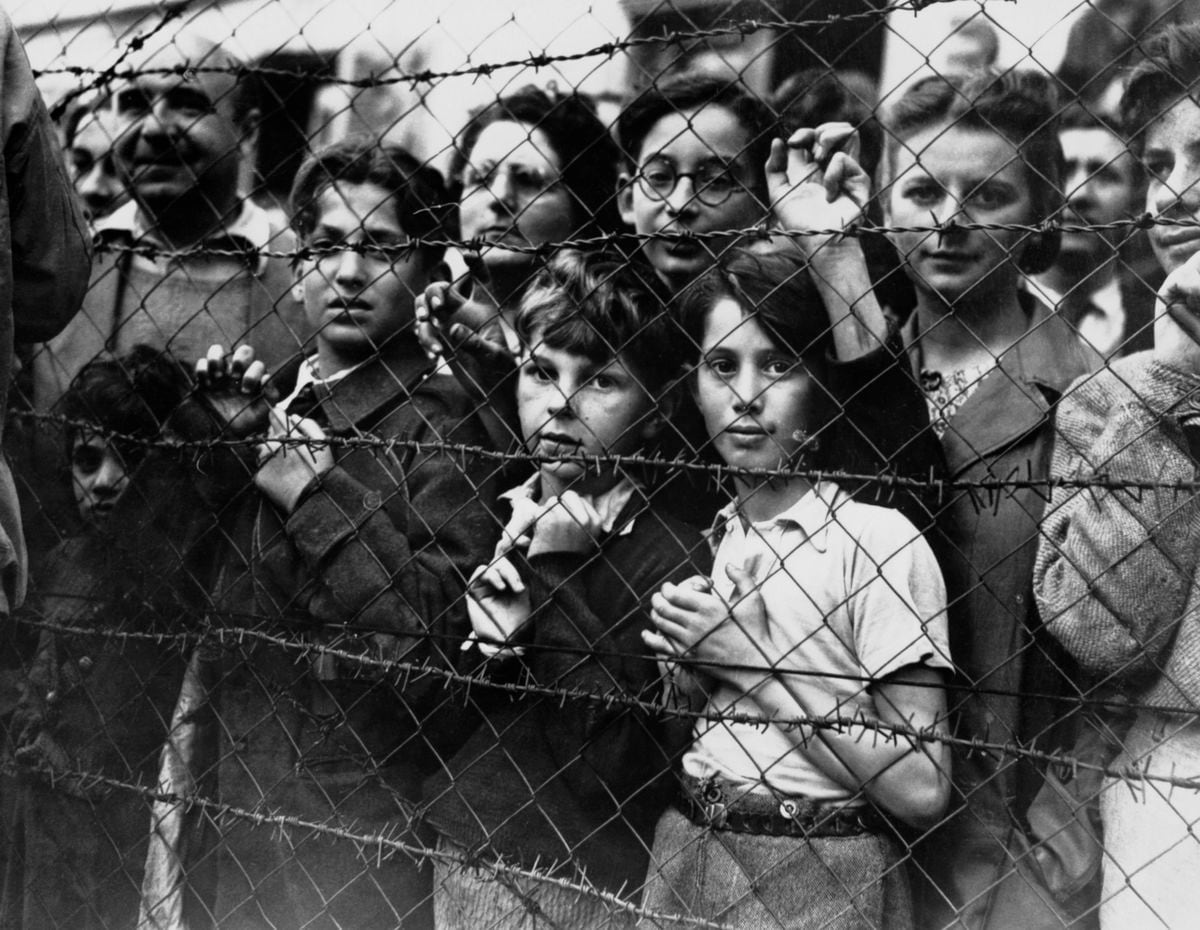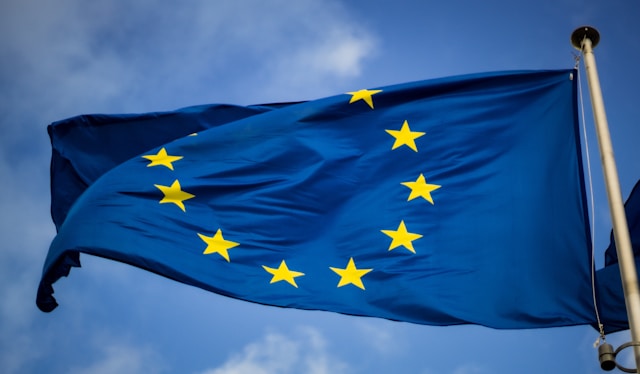
There are those who, faced with a snake, are paralyzed, just as there are those who start running.
Those who start running, believing that they will thus escape the reptile that frightens them, only increases the chances of being bitten.
And the reaction to the bite of a poisonous snake can be terrible: from the necrosis of a limb – it can end in the amputation of a hand, arm, foot or leg – to death – by suffocation, for example.
On the other hand, those who, before the appearance of a rattlesnake, a tree nauyaca or a coral reef, manage to stay still, controlling the fear that the animal inspires in them, increase the possibility of leaving the unfortunate encounter unscathed, well, as we know , snakes react to movement.
That – that snakes react to movement – is something we know, that we have all been told, and that, at some point in our lives, we have also told someone else – regardless of whether we live on the fifth floor of a building. The building of a housing unit in a city whose closest snake, not counting those that live in zoos, is a thousand kilometers away.
It is clear that the half that starts this teaching obvious, attached to our consciousness like the words of our parents. But a second teaching is also obvious, attached to our unconscious – as, for example, the words of our most remote ancestors have been – for thousands of years – there are socially acquired fears and there are fears that we possess atavically, that is, thanks to the memory of our genetic material (instincts, for example) -.
We already know: there was, once, a first man or a first woman who was paralyzed before a snake and who, in doing so, discovered that the snake, instead of attacking it, passed by; That woman told her experience to another, who told the same thing to a man, who told one more, who in turn told another, who told another who, although he no longer told it, He transmitted it to his children, who transmitted it to their own, who, in turn, transmitted it to their own descendants, who in turn transmitted it to their … and so we can continue until we reach us.
—Years ago, in the jungle that spreads around the ruins of Palenque, my brother, who must have been sixteen (it takes me a decade), raised a snake whose colors had, before, paralyzed him (in addition to paralysis, we inherited fascination, which is another face of our fears, Milton wrote centuries ago, after explaining how a God could find in the serpent the creature most apt to serve his artifices). In seconds, that coral reef was wrapped around my brother’s arm. And he was about to bite him when, out of nowhere, a vigilante appeared who dropped his machete and cut it in two, without scratching the skin of that fascinated boy.
All this to say that that second form of memory, that is, the one we inherit genetically, the one that results from everyone’s knowledge, that from which we cannot escape and that allows us to act in one way or another but not to say that we did not know. what were we doing —in some part of the body—; that doing that – running, for example, letting ourselves be seduced by the object of our fear, also, for example – was a good idea, it was, before being something unconscious, conscious knowledge; All this, then, to say that, to that, our atavistic memory, is what aspires or should aspire, always, as a final dwelling place, all knowledge, at least, all knowledge that can and should be transmitted socially, at school or at school. artistically.
This is why, whoever tries to settle the conflict —for example, the wars of conquest— in the name of oblivion – “but if the Spaniards no longer even remember the Arabs,” says, of course, who has never spoken with the Arabs— , an oblivion whose objective is not forgiveness but rather “what does it matter, why should it matter?”, they not only attack their contemporaries, but also against the future: those who will come and should take with them, in addition to the rest of their knowledge , that of horror before the man who violently subdues another man, because said knowledge would put them on alert — just as a gun or a stick will put them — in the face of any large-scale conflict.
—Long years ago, in Culiacán, my father (he must have been forty-five), barely felt the hand that was trying to remove his wallet from his back pocket, not caring about the knife we saw as soon as we turned our heads (in addition to the paralysis and the fascination, we inherited fury, which is another of the faces of our fears, that of his greatest recklessness, Milton also wrote), he launched himself against the thief, whom he disarmed and beat, to the surprise of me and my younger brother. Later, at home, with that knife still in hand, he urged us to forget what happened and, above all, his reaction.
We must forget, says Nietzsche over and over again, but only if that forgetting is an active faculty and not a renunciation of primitiveness, of our atavistic knowledge; We must therefore forget, but not what configures us above our moral constitution. To forget, Nietzsche asserts, means “to close, from time to time, the doors and windows of consciousness.” From consciousness, not from unconsciousness. And from time to time, not always, because there are things that should not be forgotten or you run the risk of giving in to horror, as Nietzsche himself wrote, not as a philosopher, but as a poet:
“What did you take / with the lasso of your wisdom? / What did you catch / in the ancient serpent’s paradise? / What have you introduced into yourself / into yourself — into yourself—? / Now, sick, / from the poison of the sick serpent; / now, prisoner, / dragged to the harshest destiny: / in his own well, / working hunched over, / hiding in your own burrow, / burying yourself, / unable to be helped, / rigid / corpse, / burdened by a hundred ballast, / overloaded by yourself ”.
With this Nietzsche, the one who talks about owing to our atavistic memory and allowing us to remember what aspires to be, precisely, atavistic, would agree, curiously, Primo Levi, who assured that it was essential to always remember horror and its victims – already whose works, Tzvetan Todorov, would add that, that memory that we must not lose, would also have to include those who carried out the horror, since, without them, understanding is incomplete.
It is no coincidence that the greatest fear of Levi and many others of those who suffered the horror of the death camps, as he himself wrote, was that, after leaving there, no one believed them what they had experienced, that no one believed them and that, therefore, that was forgotten, that it was not remembered or was partially remembered; that, from the history of the Second War, that part would be suppressed.
Nor is it a coincidence that several of the children who have passed through the captivity cages in which the North American migratory authority confines them, declare that, during the days, weeks and months of their confinement, they dreamed that they cut their tongues or woke up without a mouth: mutilation incarnates oblivion in this situation.
Because language embodies, in that situation but also in endless other similar situations, the possibility of transforming an event into memory, the memory that will shape our moral constitution.
The memory that, later, will become atavistic knowledge, an unconscious memory of the horror, of all the horrors.
A memory that many human beings face, regardless of whether it paralyzes us, fascinates us or terrifies us.
And it is that, for each one of those who, as soon as they see the snake, start running, there is also a Primo Levi.
A man so determined to fight oblivion that, just before his death, he ordered that his number be engraved on his tombstone.
The number that was tattooed on him in the death camp from which he, Levi, came out, determined, to tell the horror.
Subscribe here to newsletter of EL PAÍS México and receive all the informative keys of the current situation of this country
Sign in to continue reading
Just by having an account you can read this article, it’s free
Thanks for reading EL PAÍS




